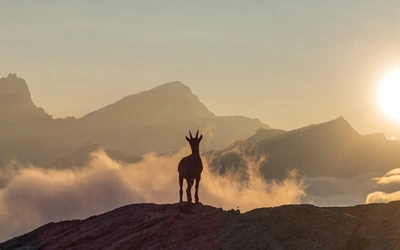
Article

The Pyrenees are a wonderland for walking, mountaineering, skiing and adventure, offering fantastic scenery, great places to stay, good weather and, above all, variety. Climbers can enjoy unrivalled challenges, while walkers have endless opportunities, either on the busier French side or the wilder Spanish side of the chain. This trekking heaven is fully catered for with the GR10, GR11 and Pyrenean Haute Route treks.
7 Books Available
11 Articles Available